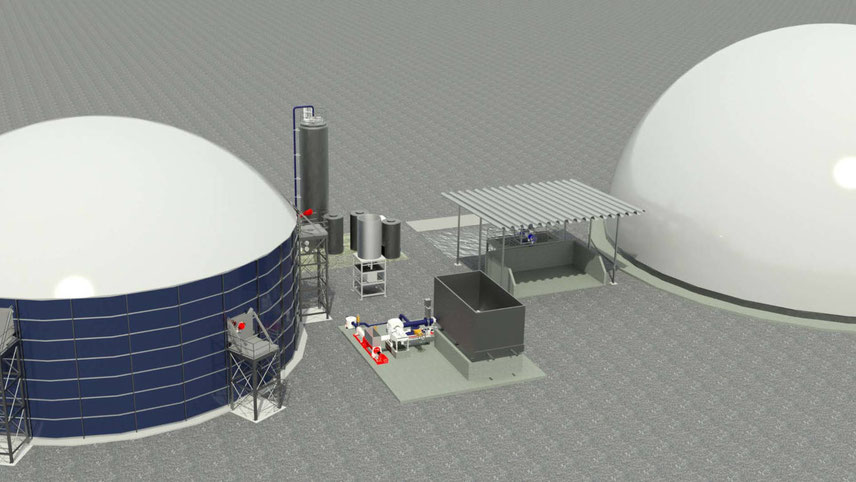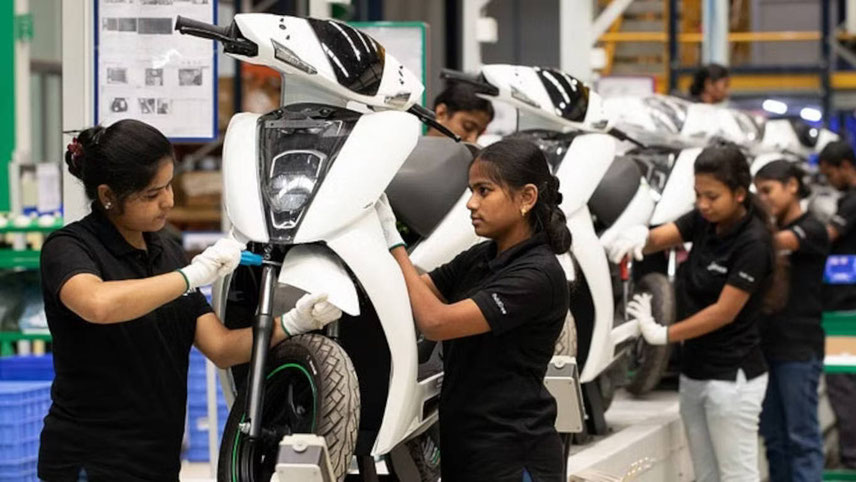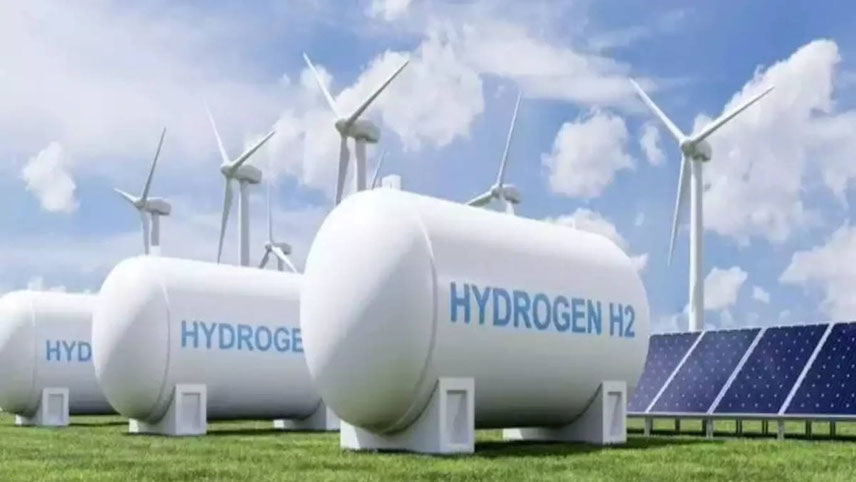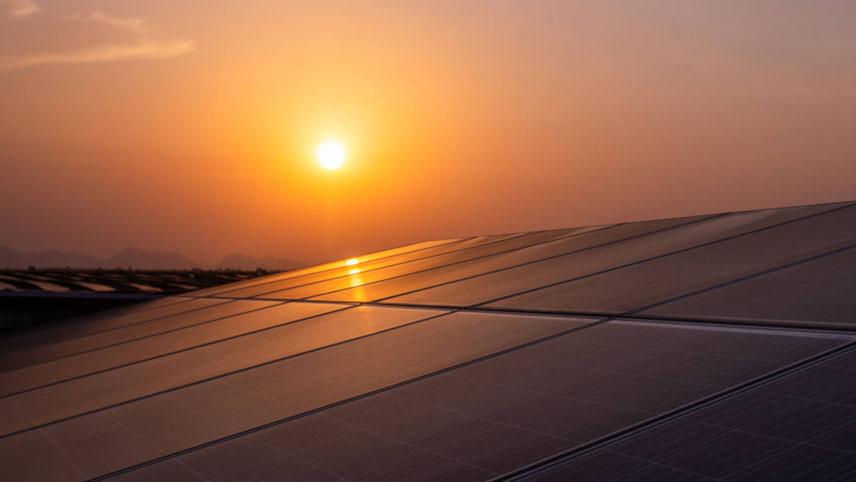
Only if we understand, can we care. Only if we care, we will help. Only if we help, we shall be saved - Dr. Jane Goodall The world is driven by energy – constantly transforming from one form to the other, driving the macro and micro mechanisms of our world. In this energy-driven world, shift from heavy carbon-based fossil fuels to low carbon fuels (like natural gas) and Renewable Energy (RE) like Solar, Wind, Hydro, Nuclear, etc. would be instrumental in achieving our decarbonisation goals. The key issue lies in the mode of energy storage and transporting in a clean way. There are two ways we can do this – electricity or hydrogen. Zero carbon electricity is generated directly from the RE generation pathways like solar, wind, hydro, nuclear, etc. and it can be transported through wires and stored in batteries. Green hydrogen must be first generated by electrolysis using RE so there is no CO2 emission in the whole process. It can be transported and stored as high-pressure gas or as a cryogenic liquid. While transport of electricity is cheaper than transporting hydrogen, hydrogen is a cheaper option for big energy storage compared to battery. While electricity may play the leading role in reducing GHG emissions, it cannot address sectors such as long-distance transport, energy and hydrogen intensive industrial application. Hydrogen is an ideal energy vector which can be carbon free and can be transported and stored economically. The future of hydrogen will be determined by policy decisions, relative costs and technical performance, across each potential application as fuel or process gas. The success of the Electrolyzer technology, which is still in its infancy, will play a key role in reducing the cost to make green hydrogen and how easily it can be deployed across multiple sectors of the economy. The project pipeline for “green” hydrogen, produced using renewable electricity is expanding rapidly. Renewable Purchase Obligation (RPO) of RE in electricity sector has been successfully used by the government to bring about a step jump in increase on RE production, the scale of production in turn has helped to bring down costs. Similar strategy of mandating use of green hydrogen for industrial use in refineries, fertilizers, glass, steel annealing will help to achieve lower cost of green hydrogen. The good news for hydrogen is that there have been rapid technology advances which will help to reduce cost and improve reliability of hydrogen production. Developments in modern Proton Exchange Membrane (PEM) as well as traditional alkaline technology for electrolysis and construction of large-scale units are helping to bring down hydrogen cost. PEM offers high efficiency, fast response to intermittent power conditions, does not require chemicals – implying greater safety and ease of maintenance. Other important aspect is transport of hydrogen. The cost of transport of hydrogen can be equal or higher than cost of production and it depends on distance and demand. We must evaluate and make high pressure gaseous transport and liquid hydrogen transport commercially viable. Hydrogen storage in underground caverns is also an option.


































